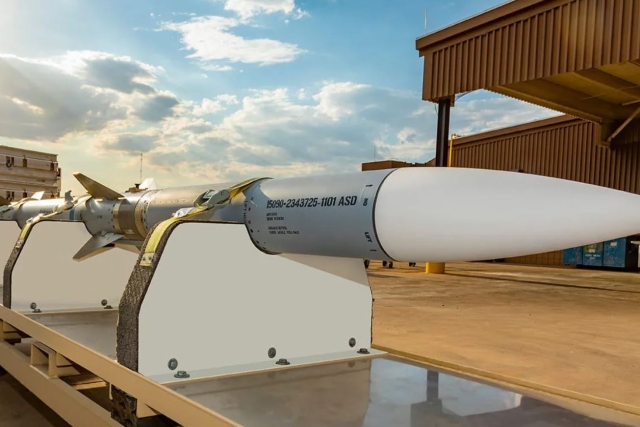DARPA Launches Project to Control Ice’s Properties to Prevent Frostbites, Protect Military Assets

DARPA has launched Ice Control for cold Environments (ICE) program that aims to control the physical properties of ice crystals to protect military assets and personnel for enhanced operational capabilities in extreme cold environments.
ICE plans to leverage biological adaptations to cold environments to develop novel biologically sourced and inspired materials to meet this goal. Novel technologies developed via ICE will facilitate sustained operations through the development of strategies to prevent frostbite and materials for anti-icing approaches.
Microbes, plants, and other animals have adapted to live in cold environments, while humans have not. As other organisms have evolved ways to manipulate the ice itself for protection and maintaining life, people continue piling on clothes, breaking ice, and burning fuels and materials to mitigate the impact of cold. According to a 2020 Military Health System (MHS) report, frostbite was the most common type of cold injury among active component service members across all four services. Targeted stakeholder outreach and engagement has reinforced that frostbite is a substantial mission risk due to insufficient medical countermeasures, and that ice accumulation on critical Department of Defense (DOD) maritime equipment can lead to decreased seaworthiness, increased risk on ship surfaces, and degraded electronics and machinery performance.
The warming of the arctic has resulted in an expanded and evolving operational area where the U.S. military must counter peer adversaries, despite prolonged extremely cold temperatures. Currently, significant physiological and materials barriers exist to establishing and maintaining a force capable of sustained operations in ice prone environments, requiring new technology solutions. To address these capability gaps, ICE seeks to discover novel ice control technologies, screen performance in simulated operational conditions for ice modulation, and test in one or more application areas, such as prevention of frostbite and de-icing of equipment.
“Insects, fish, plants and freeze-tolerant organisms have evolved natural mechanisms to prevent ice formation and thrive in extreme cold,” said Anne Cheever, ICE program manager. “These properties could be leveraged as part of the ICE program to develop persistent anti-icing coatings for surfaces and even produce specialized small molecules that work synergistically with biodegradable antifreeze proteins.”
The three-phase, four-year research effort will require performers to discover, optimize, and formulate a broad range of candidate molecules which limit ice crystal formation, growth, and adhesion. Throughout all phases, performers will be expected to engage with U.S. Army Corps of Engineers Research and Development Center’s Cold Regions Research and Engineering Laboratory for testing and evaluation. In addition, teams will collaborate with ethical, legal, and societal implications experts and ensure the research addresses any related concerns. By the end of the program, performers will be asked to demonstrate properties of ice crystallization control (adhesion, inhibition, or induction) and provide preliminary safety data for DOD relevant applications.
“The prevention of injury to operators, the preservation and extension of the operational lifetime of equipment, and asymmetric tactical advantage afforded by novel disruptive technologies are tenants of DOD policy,” added Cheever. “The ability to control and modulate the properties of ice crystals will provide novel capabilities, actionable solutions, and strategic advantage for cold weather operations.”









